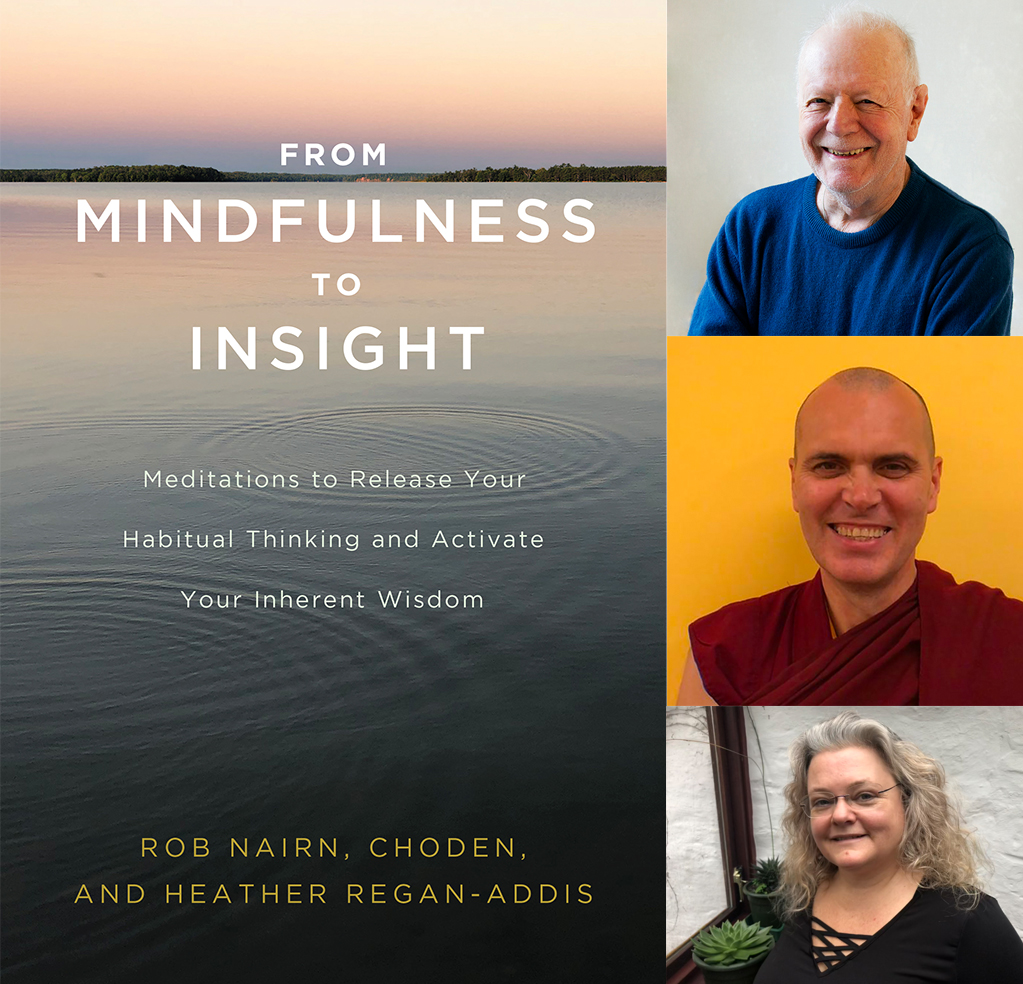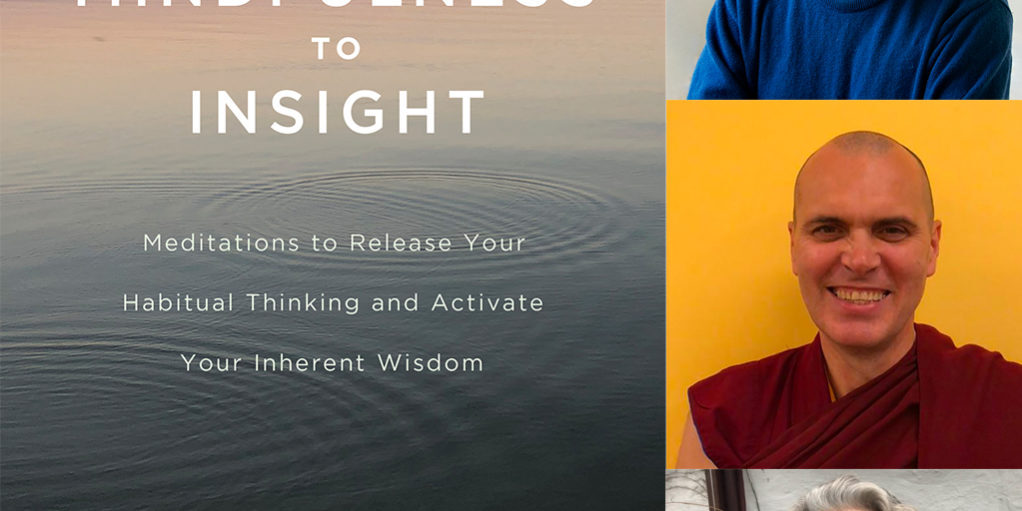B

I thought I would write a little about how our book From Mindfulness to Insight came to be. The three authors – Rob, Heather and Choden – are co-founders of the Mindfulness Association which was set up in 2010 to run face-to-face and online mindfulness, compassion and insight courses. The original inspiration for this Association was Rob. I have known him for many years. He was my very first meditation teacher back in South Africa where I grew up. I actually attended the law school at Cape Town University where he was professor of criminology but we never met there. It just so happened that I attended a talk by him in an entirely different context on Carl Jung and Tibetan Buddhism. That was one of those pivotal moments in my life where everything changed. I started to lose interest in my studies in law and became more and more fascinated by the path of meditation.
Rob had a passion for insight. Towards the end of his teaching career he focused more and more on insight training because he thought that this was the main point of meditation practice. Many people these days use mindfulness meditation to help them relieve stress, low mood and enhance their wellbeing and happiness. In fact mindfulness is often described as an ‘intervention’. These are all very worthwhile motivations. We live in a world where most of us suffer from a condition described these days as ‘overwhelm’ so anything that helps reduce this is laudable.
But in Rob’s view – which both Heather and I share – the main point of meditation is to gain insight into the mind so we can change. Insight does not refer to a rarefied, dry intellectual understanding – it means seeing from the very core of your being what is happening in your very own mind and how you are perpetuating your own unique brand of suffering. When you see things in this way then change happens by itself. To use a phrase we often use in our book – the seeing is the doing.
What we are trying to see are the subtle forces that shape how we think, act and behave. These are like scripts of conditioning that lie just outside the reach of conscious thought processes. They lie in the subliminal reaches of the mind. Rob coined a term that he began to use more and more in his teachings – the subliminal reflex. This refers to reflex mechanisms that determine what is allowed into conscious awareness and what is not – like a gatekeeper. It is also the driver of many of our thoughts, feelings and actions. The conscious mind thinks it is running the show but in fact these subliminal reflexes are. The problem is that they lack intelligence and are like automatic reflex mechanisms that are governed by the scripts of conditioning that emerge as we grow up.
Rob felt passionately that if we learned to become aware of these conditioned reflexes then our lives could change in remarkable ways. He had witnessed people meditating for years who did not change because they were not seeing how these reflexes were operating in their minds. They were sitting on a lid and cultivating a kind of fabricated calm, but beneath the lid these subliminal reflexes were running the show. When we see them clearly, however, we have a choice not to be the slaves to our conditioning. But if we do not see them they control us from the shadows of the subliminal and so they shape our lives.
We can just think of any normal day and how so much of the time we function according to habit, and how most of what we do is on automatic pilot. We find ourselves thinking, feeling and acting in ways that seem very normal but pre-programmed. We are the slaves to habit. I once remarked to Rob that when he died we would put a plaque on his grave stone saying – “he lies the one who coined the term subliminal reflex”
My sense is that we live in a false duality of ‘me and you’, and ‘me and my feelings and thoughts’. There is always this sense of ‘me’ that is set apart from something other – whether it is other people, other things or my very own feelings and thoughts. We often use terms like ‘I am struggling with my feelings’, like somehow these are two separate things.
The path of insight is about exposing this false duality. Not in an intellectual, philosophical sense, but in a very direct, immediate experiential way. We do this by working with false duality we are trapped in. First we practice mindfulness so we calm down, then we learn to accept the thoughts and feelings that constantly arise in the mind. This is at the level of ‘what is observed’. Next we make a crucial shift and turn to observe the observer or become aware of the thinker in us.
This is the heart of the matter. We now start to use specific methods for exposing the sense of me in the observer. These methods are explained in the book. The key thing is that we are bringing awareness to a part of us that we seldom choose to look at because we are so identified with the observer or thinker in us. This is the ‘angry me’ or the ‘anxious me’ or the ‘self-critical’ me or the ‘romantic me’. So we learn to pay attention to the shapeshifting sense of me. Maybe the biggest insight of all is that none of these things define who we are. The more we look at them the more we see they are insubstantial and illusory. They are ephemeral like phantoms and dreams.
We then bring compassion to the whole drama of mind that we are caught up in and then just rest – we go off duty and sit in the midst of it all like a fool who has no preconceived ideas about anything. This opens the door to a vast, spacious, open and joyful experience of who we can be.
For me practicing in this way has made a big difference – it has allowed my to touch something in myself that is flawless and free and unlimited despite my normal experience of being caught up in a crazy, conflicted, over-busy mind like most of the human race! My hope is that those of you who read the book find that it makes a big difference to your lives too.
Choden


